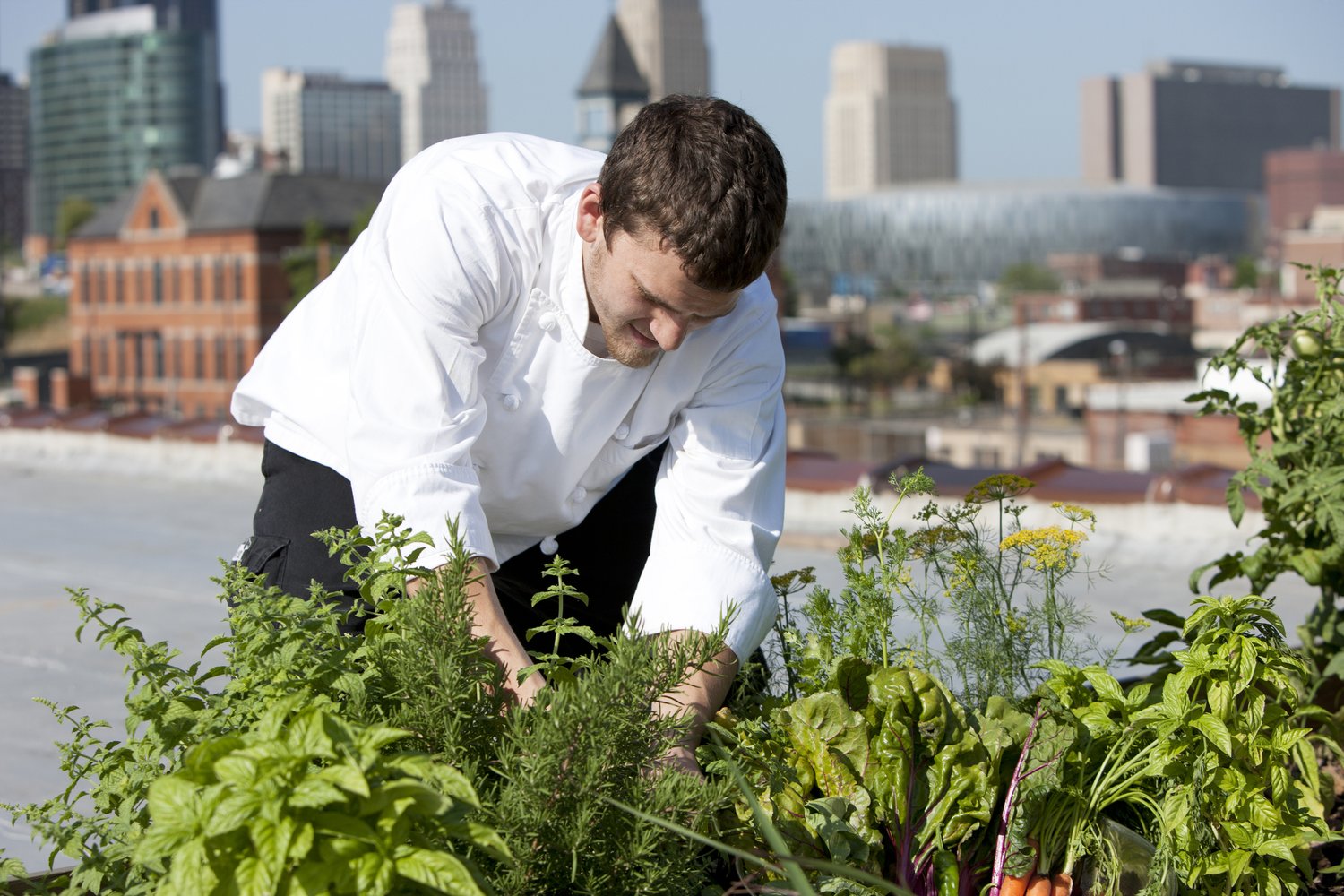City Blooming Things To Know Before You Get This
City Blooming Things To Know Before You Get This
Blog Article
The smart Trick of City Blooming That Nobody is Talking About
Table of ContentsNot known Factual Statements About City Blooming Some Known Questions About City Blooming.The Facts About City Blooming RevealedWhat Does City Blooming Mean?8 Easy Facts About City Blooming Shown
Interested in growing food for sale in the City of Chicago? Considering starting a community yard? Modifications to the Chicago Zoning Statute allow farming usages like neighborhood yards and metropolitan ranches in many components of the city. Below is a listing of regularly asked questions pertaining to the regulations and policies that cultivators ought to consider when intending a metropolitan agriculture task.
The zoning change does not customize any various other codes taking care of composting, structure permits, purchasing or leasing City had home, service licenses or environmental contamination. There are existing codes that manage these issues and they continue to be completely effect and might be suitable to your project. Community yards are commonly owned or handled by public entities, civic organizations or community-based companies and preserved by volunteers.
Urban ranches expand food that is intended to be sold, either on a nonprofit or for-profit basis. Due to their industrial function, urban ranches call for a service permit.
3 Easy Facts About City Blooming Explained
Composting is enabled yet just for plant material that is created and used on website. The amount of compost product can not exceed 25 cubic backyards at any provided time according to the requirements in 7-28-715 of the City's Municipal Code. Yes. Because the dirt at most brand-new garden websites requires amending, compost, soil, wood chips, or various other materials can be obtained to create or enhance the expanding room - fruit and vegtables.

If a building authorization is called for then the hoophouse will be thought about an accessory building. You can figure out more concerning the building license needs by calling the Division of Structures. The 25,000-square-foot size limit is meant to prevent a solitary community yard from dominating a provided block or diminishing the block's existing household or industrial character.
The limit does not relate to yards found in Public Open Area (POS) districts. Can there be greater than one community garden that is 25,000 square feet on a solitary block? Yes. The dimension limit applies to individual gardens, not to individual blocks. No. Fence is not required, nevertheless, gardens that have large parking lot might be required to mount fencing or various other landscaping attributes.
Indicators on City Blooming You Should Know
B1 & B2 areas call for that all business usage tasks be performed inside. R areas limit business activity. The laws show the purpose and intent of the Zoning Code. Is fence required for metropolitan farms? Yes. Fences might be called for, along with landscape design and testing, for sure vehicle parking locations and exterior job or storage space areas depending upon location and the particular activity occurring.
Yes. Urban ranches require building permits and zoning approvals prior to construction. Other forms of city evaluation might be needed depending on certain structures, activities, size, landscape design, licensing, public health and stormwater management issues. Numerous of these demands are recognized in the project layout or allowing process, however, the applicant might be liable to separately recognize certain licenses or allows that may be required.
The Department of Company Matters and Customer Protection can assist identify the details type of organization certificate that's needed. Off road car park is required for a lot of industrial tasks in Chicago. The required number of car park areas is based on the number of workers working on website and not the square video footage of the growing space.
The Main Principles Of City Blooming

A city farm can offer compost material produced on website, however, the operation needs to comply with the guidelines in 7-28-715 of the Chicago Municipal Code. Aquaponic systems are enabled inside on city ranches in many zoning districts.
Approximately 5 hives or colonies of honey bees may be maintained as an accessory use. However, beekeepers must register with the Illinois Division of Agriculture. For more details about the suggested zoning modification you may speak to the Division of Housing and Economic Growth, Bureau of Planning and Zoning at 312.744.8563.
Farming in cities and metropolitan areas An urban ranch in Chicago. Urban farming refers to numerous practices of growing. https://www.merchantcircle.com/blogs/city-blooming-san-francisco-ca/2024/6/City-Gardening-Growing-Urban-Spaces/2755418, processing, and dispersing food in city areas. The term additionally puts on the area activities of animal husbandry, aquaculture, beekeeping, and gardening in a metropolitan context. Urban agriculture is distinguished from peri-urban agriculture, which takes place in backwoods beside suburban areas.
Not known Facts About City Blooming
, that seek to develop social networks founded on a common principles of nature and community holism. These networks can develop by method of official institutional support, ending up being integrated into neighborhood town preparation as a "transition town" movement for lasting metropolitan development.
In either instance, the much more direct accessibility to fresh vegetable, fruit, and meat items that may be realised with urban agriculture can enhance food security and food safety while decreasing food miles, causing lower greenhouse gas exhausts, consequently contributing to climate adjustment mitigation. Some of the first proof of urban agriculture comes from Mesopotamia.
Report this page